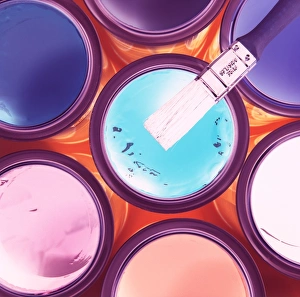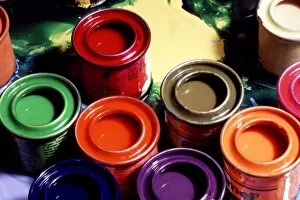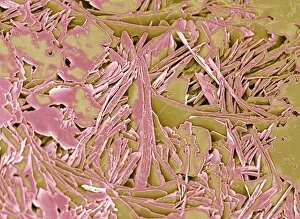Pigments Collection (page 2)
"Pigments: Unveiling the Vibrant Palette of History and Art" From ancient biblical manuscripts to intricate Buddhist sculptures
All Professionally Made to Order for Quick Shipping
"Pigments: Unveiling the Vibrant Palette of History and Art" From ancient biblical manuscripts to intricate Buddhist sculptures, they have played a pivotal role in preserving our cultural heritage. The Head of a Bodhisattva, dating back to the 3rd or 5th century, showcases the skillful use by an unknown creator. Similarly, the Jingoji Sutra from the 12th century reveals vivid hues that bring sacred texts to life. Traveling further back in time, we encounter the Paint Box of Vizier Amenemope from Egypt's New Kingdom era (c. 1427-1401 BC). Crafted from boxwood, this artifact provides insights into how they were meticulously prepared and stored. Pigments not only adorned religious artifacts but also found their way into literary works such as Ms Fr 12420 fol. 86r - The Story of Thamyris from De Claris Mulieribus. This captivating illustration captures both imagination and history through its vibrant colors. The significance extends beyond art alone; they were essential for dyeing fabrics as well. A botanical study engraving depicts various plants used for dyeing purposes—an invaluable resource for understanding ancient textile traditions. Intricate color engravings like Compound showcase how different shades can be combined harmoniously to create visually striking compositions. Meanwhile, Dhanasri Ragini transports us to India circa 1680 with its evocative use in traditional music depictions. Stepping away from two-dimensional art forms, even armor bore traces of pigment mastery. A German Shield for Field or Tournament (Targe) originating around 1450 demonstrates how these vibrant hues added splendor and distinction on battlefields. Nature itself has been an inspiration for artists throughout history—think Cave of Altamira's awe-inspiring bison paintings or a reconstructed Greek tomb lion dating back to approximately 570 B. C.














